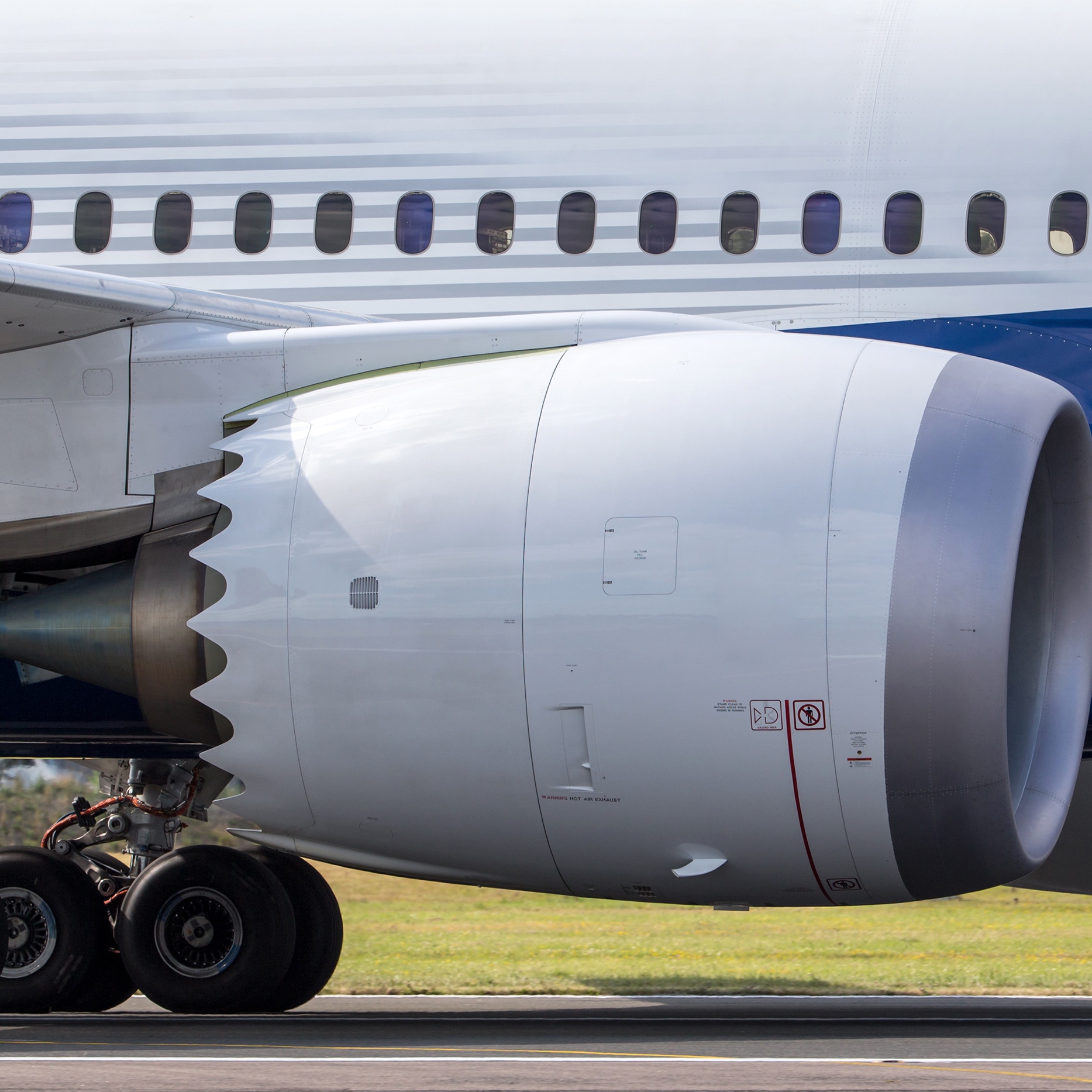Military
Moody's Examines Boeing, Airbus and Commercial Aerospace Sector

Published:
Last Updated:

Boeing Co. (NYSE: BA) had a 20-year head start on the single-aisle, narrow-body commercial jet business with the 1968 introduction of the 737 family. Nearly 50 years later, the 737 claims a lead of about 30% in total deliveries over its main rival, the A320 family from Airbus. The bad news for Boeing is that its 20-year head start has produced a lead of just 7% in lifetime orders for the 737, and that lead has been narrowing consistently.
Even worse for Boeing is the backlog of orders for single-aisle planes, where Airbus has orders for nearly 50% more A320neo versions than Boeing for the 737 MAX jets. Boeing’s introduction of the 737 MAX family trailed the Airbus introduction of the A320neo by about a year, and according to a new report on commercial aerospace from Moody’s Investors Service, Boeing is playing catch-up with pricing:
[W]e believe that 737s were priced particularly aggressively in 2011-12 following Airbus’ very high initial volume of A320neo orders taken in 2010-11. Boeing had to re-establish itself before too many more customer orders were lost to the competition, and particularly to avoid a defection and loss of a big order from key customer American Airlines, Inc…. . It was ultimately compelled to match the Airbus path to re-engining, and away from its likely preference of a new small airplane under a clean-sheet design (and it still had to share the jumbo order, which was deemed to be too big for one OEM to satisfy). Orders in the category spiked for Boeing that year, much the way they had in the prior year for Airbus.
Part of the context of the Moody’s report is the entrance of Bombardier into the market for single-aisle planes and the coming introduction of a new plane from Embraer S.A. (NYSE: ERJ), China’s Comac C919, plus a Turkish plane and a couple of Russian entrants. The field is going to be crowded, and it will still be dominated by Airbus and Boeing. Moody’s estimates that Boeing and Airbus will be producing about 120 single-aisle planes every month by 2020. The other players are not expected to produce “much more than that” combined over the course of a full year.
Moody’s also notes that customers have all the leverage now:
Customers seem to have more leverage now than they did previously, when oil prices were much higher and deals for big orders were being signed by all types of airlines over the last few years. With the pace of new orders slowing precipitously (lower oil prices, big backlogs, no new variant announcements, regional economic pressures), however, we wonder if the airframers have any leverage left at all, beyond limited production slot availability. …
As the escalating battle for market share between Airbus and Boeing, and to a certain extent Embraer and now Bombardier potentially sparks even more aggressive price discounting of large commercial aircraft, it could ultimately undermine the huge profits that the airframers have enjoyed on their mature programs—particularly in the largest market segment, narrowbodies. And if the behavior spreads to the widebody market segment, where it has also periodically been noted and could well worsen due to current tough market conditions therein, it could also complicate efforts to recoup the substantial development costs for still young programs (like the A350 and 787).
Moody’s corporate rating on both Boeing and Airbus is A2 with a stable outlook.
Retirement planning doesn’t have to feel overwhelming. The key is finding expert guidance—and SmartAsset’s simple quiz makes it easier than ever for you to connect with a vetted financial advisor.
Here’s how it works:
Why wait? Start building the retirement you’ve always dreamed of. Click here to get started today!
Thank you for reading! Have some feedback for us?
Contact the 24/7 Wall St. editorial team.